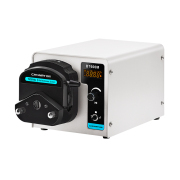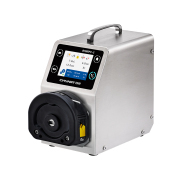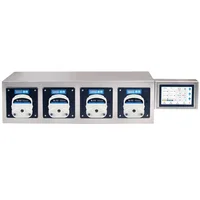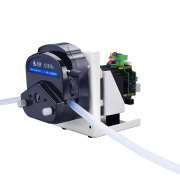News

Use and characteristics of peristaltic pump
Pumping and distributing media, buffer solutions, or other fluids is a common task performed in all laboratories. Ensuring that liquids are transferred with high accuracy and remain uncontaminated is a key challenge in handling liquids using pumps. This is why peristaltic pumps are increasingly preferred by laboratories responsible for dispensing a range of different fluids. Peristaltic pumps move liquids through pipes by mechanically changing the shape of a hose (usually silicone). This duct-squeezing mechanism, known as "peristalsis," is a common principle used by many biological organs, such as the gastrointestinal tract, which is used to move fluid food.
The peristaltic pump was first patented in the United States by Eugene Allen in 1881. However, it took nearly half a century to develop the peristaltic pump, thanks to world-renowned heart surgeon Dr. Michael DeBakey. DeBakey used peristaltic pumps as an important part of the first artificial heart-lung machine. The innovation made open-heart surgery possible for the first time. Today, peristaltic pumps are used for everything from filling small test tubes to pumping concrete.
Characteristics of peristaltic pump:
Closed system: A particular advantage of peristaltic pumps is that the fluid remains closed in the pipe. Thus, the risk of contamination of the product or the pump itself is minimized. The pipes can be easily cleaned and sterilized after each use, thus ensuring sterile conditions and reducing the risk of contamination. In addition, even chemically corrosive liquids can be transferred without damaging pump components.
Gentle distribution: Peristaltic pumps can be used to transfer fine fluids, such as blood, without causing sample degradation. In terms of the likelihood of damaging blood cells, the gentle rolling mechanism of peristaltic pumps is much lower than that of pump designs that use fast-moving propeller blades to move fluid.
Easy to maintain and affordable: Peristaltic pumps have no valves and seals that can be damaged or contaminated by the fluid being handled. As a result, peristaltic pumps require relatively few parts to be replaced and are simpler and cheaper to maintain than other pump designs.

0users like this.







